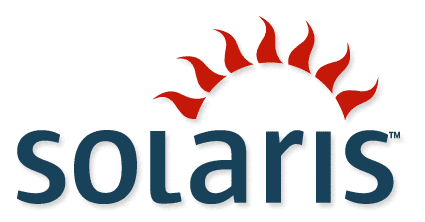| [Sprint storefront photo, courtesy Reuters] |
Abstract:In the area of network, there are 3 major modes of communication: satellite, tower, and wired infrastructure. The first two require finite shared resources referred to as spectrum. The final requires expensive infrastructure to be dug into the ground or strung along poles. In order for companies to compete effectively in a nation's network, infrstructure must be built or acquired. The process of acquiring or merging of assets with smaller network players is always going on, but this latest battle has been somewhat interesting.
 |
| [Disk logo, courtesy The Verge] |
Clearwire, an early 4G U.S. network provider, is in talks to be acquired by two different domestic companies: Sprint (wireless provider) and Dish Networks (satellite provider.) Foreign SoftBank is interested in buying Sprint, at the same time, adding tremendous uncertainty to the mix.
 |
| [Charles W. Ergen, Dish Network’s chairman, courtesy NYTimes] |
 |
| [Sprint and Clearwire logos, courtesy Engaget] |
SoftBank owns about 1/3rd of Chinese electronic commerce company Alibabba, and wants a foothold in the U.S. market but has regulatory issues to overcome. (SoftBank uses primarily Chinese equipment.) Sprint needs to upgrade to 4G networking and find additional sources of revenue. Clear has wireless spectrum, but their gamble on early 4G WiMAX has not turned out to be the standard once hoped for, and needs to upgrade it's 4G network. Intel Corporation used to be a WiMAX advocate, Clearwire uses Huawei equipment. SoftBank uses the same cell phone wireless spectrum that Clearwire owns, making the purchase of Sprint (who is purchasing Clearwire) a very good investment - one phone, one infrastructure, multiple nations. Intel, a SoftBank partner, is pushing for SoftBank's acquisition of Sprint (and Clearwire) - possibly because of new promised equipment sales. Dish needs to expand it's market from Satellite television, provide content through wireless towers to cell phones, and add voice to their television service.
Ironies of Irony:
A foreign owned communication company wants to buy its way in the U.S. telecommunications market and pledges not to expel foreign equipment. A domestic owned communications company wants to expand it's U.S. telecommunications market but will not pledge to expel foreign equipment. Which is more secure, from a U.S. governmental perspective? Japanese SoftBank appears to be bending-over-backwards to make their acquisition happen.





